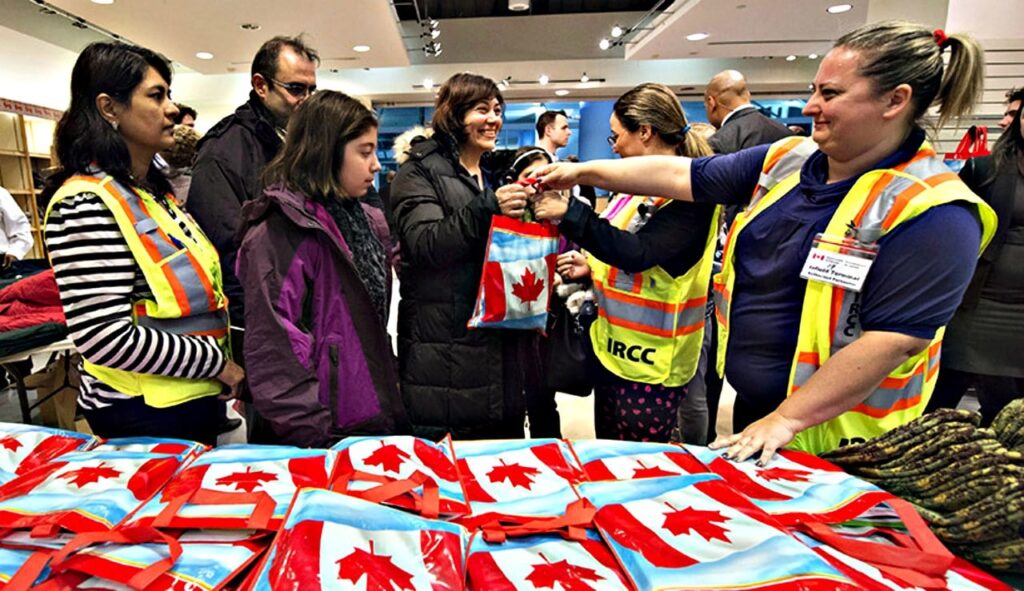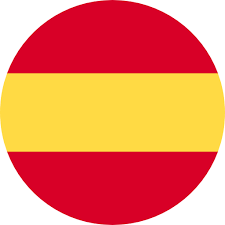Every day in the world there are people who make the decision to emigrate abroad, looking for a better life or trying to find a safer place. In each case, the reasons that lead them to rebuild their lives in another country are usually different. Some people do it to find better job or study opportunities, to stay together with family and friends. But there are also those people who are forced to flee their places of origin, due to persecution, human rights violations, armed conflicts, crisis or violence.
In Canada, the Immigration and Refugee Protection Act provides that a person can apply for asylum in this country as a “refugee”, in accordance with the provisions of the Geneva Convention, or as a person who requires protection of the Canadian state.
According to the official website of the Canadian government, refugees or asylum seekers are those who have fled their countries because they are persecuted and/or have experienced life-threatening situations, therefore, they cannot return to their home country. In addition, it highlights the difference between an immigrant and a refugee. In the first case, it refers to people who choose to settle permanently in another country voluntarily, while in the second, it is about people who are forced to flee their country, for fear of persecution, risk of torture or punishment.
If you need to know how the refugee protection program (asylum) works in Canada, what are the reasons for applying it and the steps that must be followed to receive this protection from the Canadian state, then stay and read this content and we will explain it to you. …
What does the application for refuge or asylum in Canada consist of?
The first thing you should know is that the Canadian refugee protection program is divided into two parts:
● Refugee and Humanitarian Resettlement Program: This is for refugees outside of Canada. In this case, the person cannot apply for resettlement directly, but organizations such as UNHCR (United Nations Refugee Agency) do so in conjunction with private and/or community sponsors in Canada.
● Asylum Program in Canada: it is the one that is aimed at people who present an application for refugee protection within Canada, either at a land, maritime, or airport of entry, upon arrival, or also through an application in line, in case you are already inside the country.
In both types of programs, both asylum seekers and resettled refugees arrive in Canada through different immigration streams. But in all cases, including when people cross the border irregularly and apply for asylum, refugees are subjected to health and security checks, including biometric and biographical checks, as well as criminality checks carried out and evaluated by official entities, such as the Canada Border Services Agency (CBSA), the Royal Canadian Mounted Police (RCMP) and the Department of Immigration, Refugees and Citizenship Canada (IRCC).
Who is eligible to apply for asylum in Canada?
As we have already mention, the asylum program is aimed at those people who are in Canada, either entering through a port of entry or who are already in the country, and apply for asylum because they fear imminent persecution or because they run the risk of suffering torture, cruel or unusual punishment in their country of origin.
However, by taking this first step, not everyone is eligible to apply for asylum and therefore not all cases are referred to the Immigration and Refugee Board of Canada (IRB) for further evaluation. In this case, the reasons why the asylum application can be rejected are:
● That the person has been convicted of serious crimes.
● That the applicant has participated in criminal activities or human rights violations.
● Have previous refugee claims denied by Canada.
● That the person has already been recognized as a refugee under the Geneva Convention by another country to which they can return.
● You have already made an asylum application and it was rejected by the IRB.
● That you abandoned or withdrew a previous application for asylum.
● Who have already submitted a refugee application from another country.
What are the 5 reasons in which refugee protection applies?
For the Immigration and Refugee Board of Canada (IRB) to determine that a person needs refugee protection, it must be proven that the applicant is unable to return to their country of origin due to a well-founded fear of imminent persecution for 5 reasons:
● Political opinion.
● Religion.
● Nationality.
● The race.
● For being part of a social group, such as men or women of a certain sexual orientation.
Steps to apply for asylum in Canada
1. Go to the corresponding immigration authority: If you are at a port of entry (air, sea or land) or at a border post, you must go to the officials of the Canada Border Services Agency (CBSA) or the Royal Canadian Mounted Police (RCMP), as the case may be. You must complete your eligibility interview and, if approved, you will be given a Basis for Asylum Application form that you must fill out with legal assistance experienced in this type of process.
The applicant has a period of 15 days to complete and submit the form to the office of the Department of Immigration, Refugees and Citizenship Canada (IRCC). Once the form and supporting documentation is submitted to the IRCC, the applicant will be given an appointment for an interview with an immigration officer.
2. Go to the interview before the IRCC: In this interview with the assigned immigration officer, the applicant must answer the questions asked and it will be determined if he is eligible for the protection request. This means that the application complies with the provisions of the Immigration and Refugee Protection Act (IRPA). At that time the petition is considered accepted and the applicant becomes a Refugee Claimant and is given a hearing date before an Immigration and Refugee Board of Canada (IRB) court.
From this acceptance of eligibility, applicants can have access to social assistance, education, health services, emergency housing, legal assistance and can apply for a work permit (once the respective medical exams have been passed), while taking a decision on your application.
3. Hearing before IRB tribunal: the applicant must appear on the day of the hearing, before an independent IRB tribunal, at the Refugee Protection Division. At that hearing, an adjudicator (who is not a judge), with prior knowledge of the applicant’s situation, will hear their case to determine if their testimony is credible and if it conforms to the provisions of the Immigration and Refugee Protection Act (IRPA).
After hearing the applicant’s testimony, the court will decide whether the refugee protection application is approved or denied.
4. If the application is approved or rejected: If the decision of the immigration court is positive for the application for refugee protection, the person can remain in Canada and, in most cases, apply for permanent residence. But if the decision is negative, applicants have the option of seeking legal assistance and appealing the court’s decision, to the Asylum Claims Division (RAD), as many times as permitted by law, or they become subject to a restraining order, expulsion, to leave the country within the period established by the immigration authorities.
As you have surely been able to verify, this is a complex process that is subject to meeting a series of requirements and where the applicant is obliged to demonstrate, before the Canadian immigration authorities, that they have a fear of imminent persecution or that they suffer the risk of torture or punishment in their country of origin.
Do you need any kind of advice for an asylum request in Canada? I am Angelica González-Blanco, and I put at your disposal my 20 years of experience and knowledge in the Canadian immigration field, to guide you effectively in your migration process to this country. Contact me and I will gladly advise you on the best option for your particular case.




